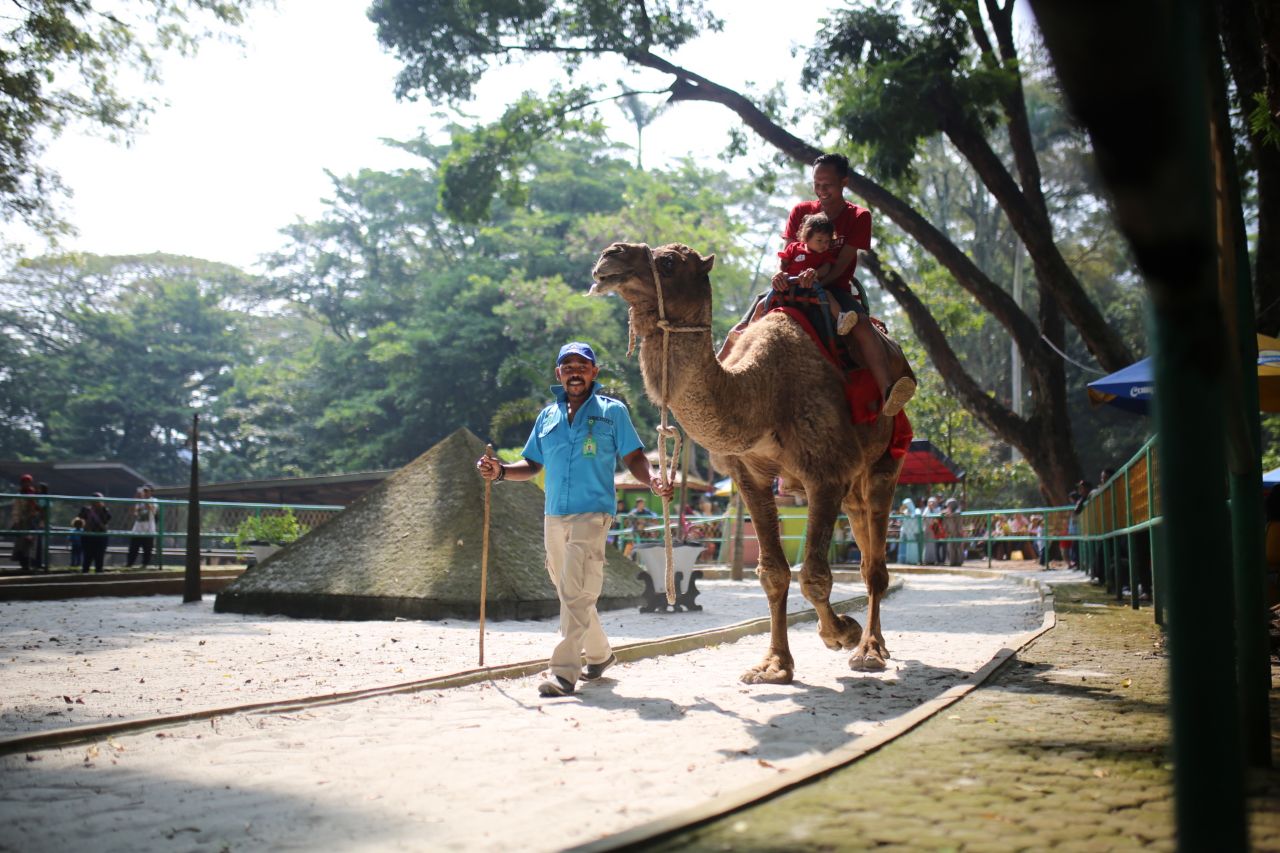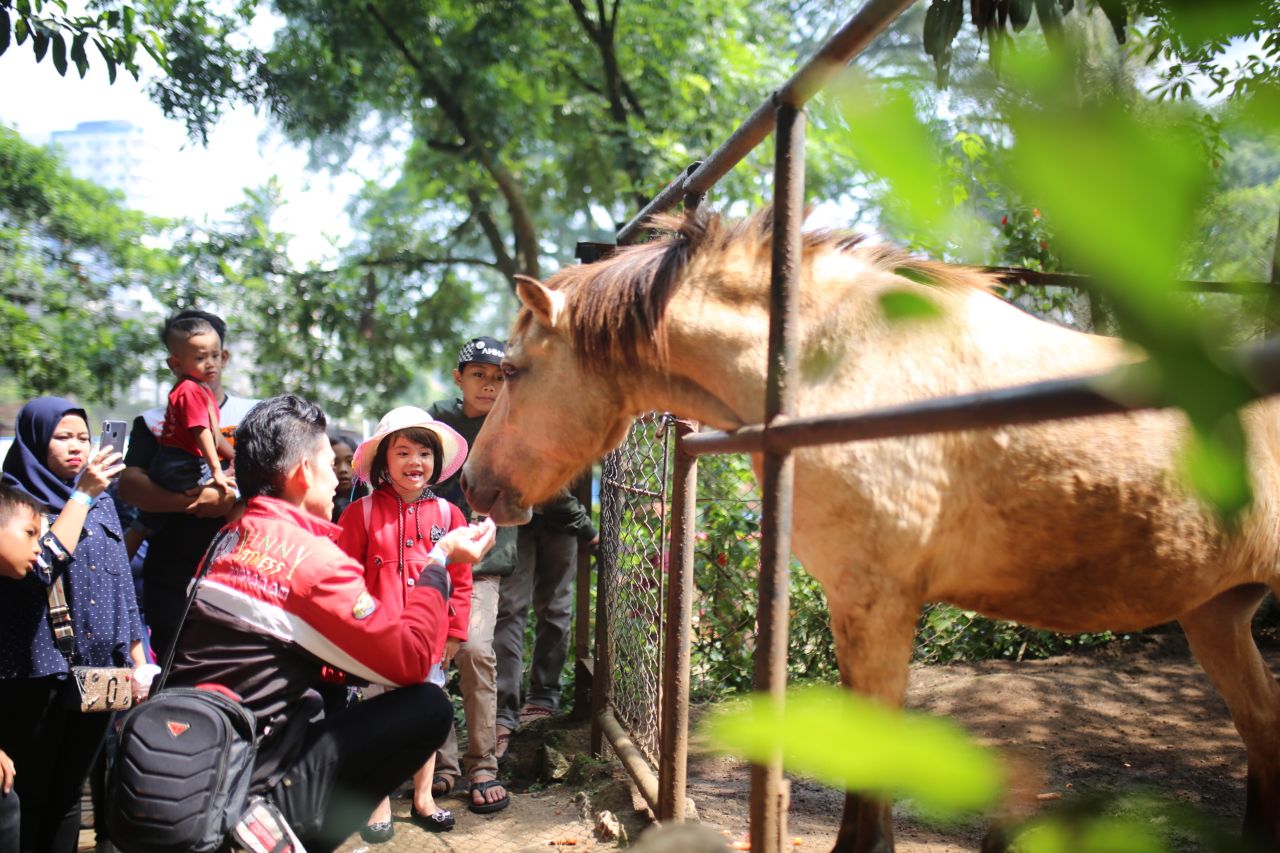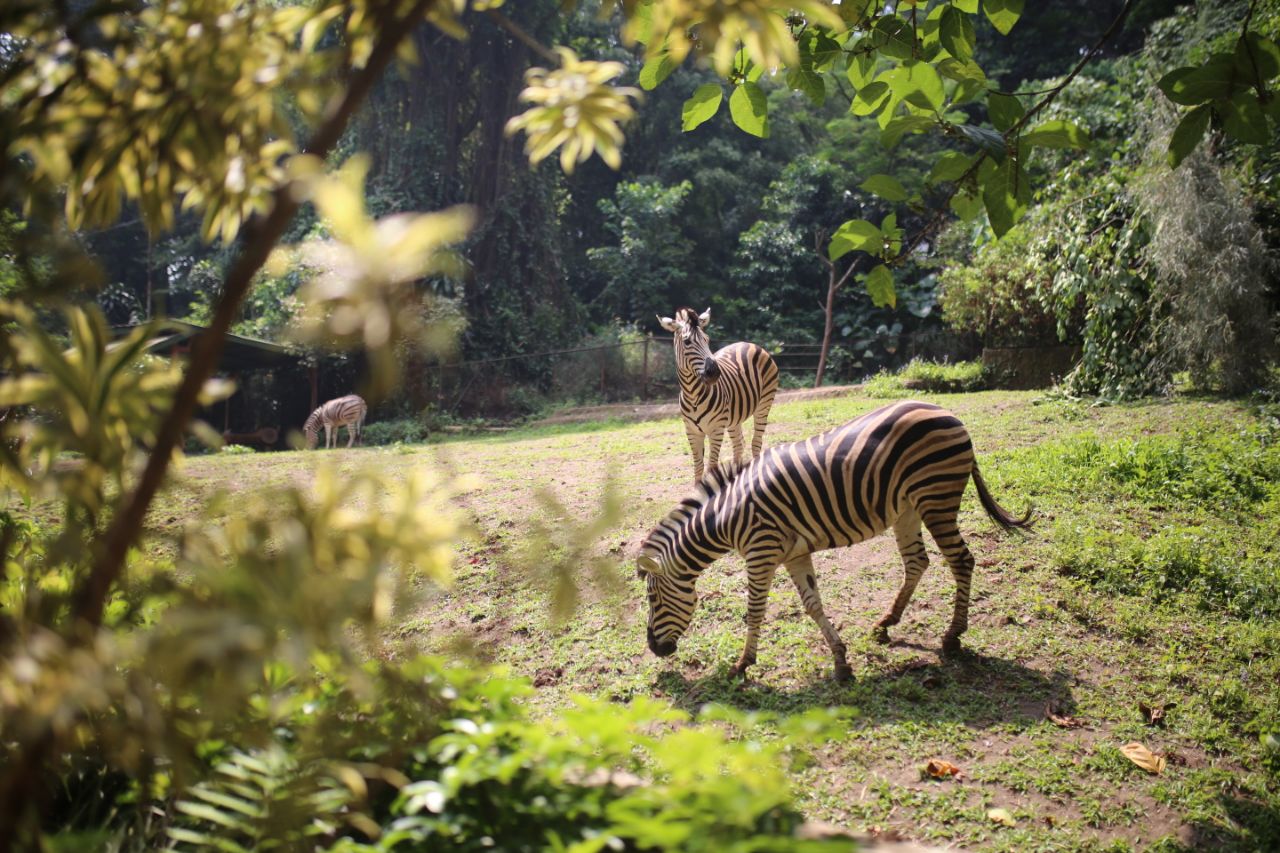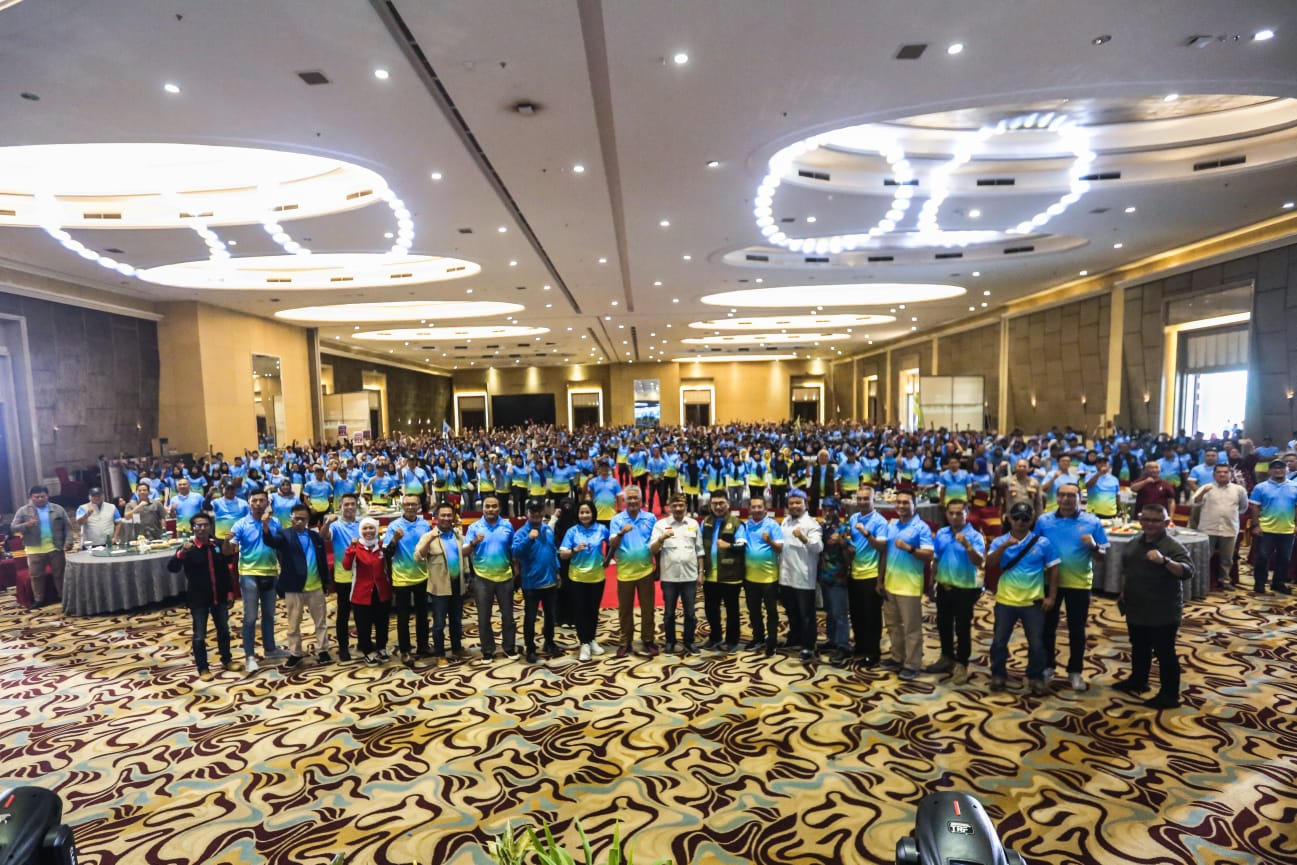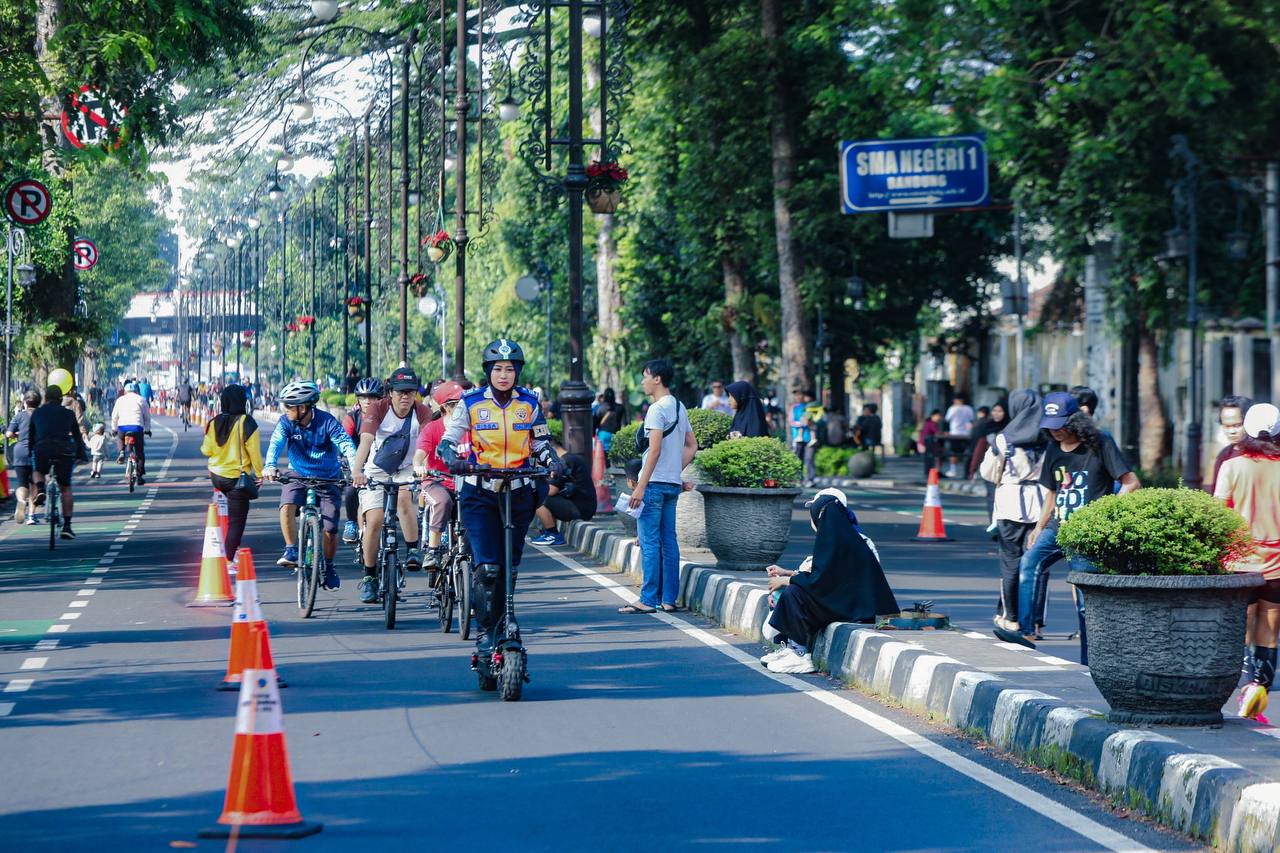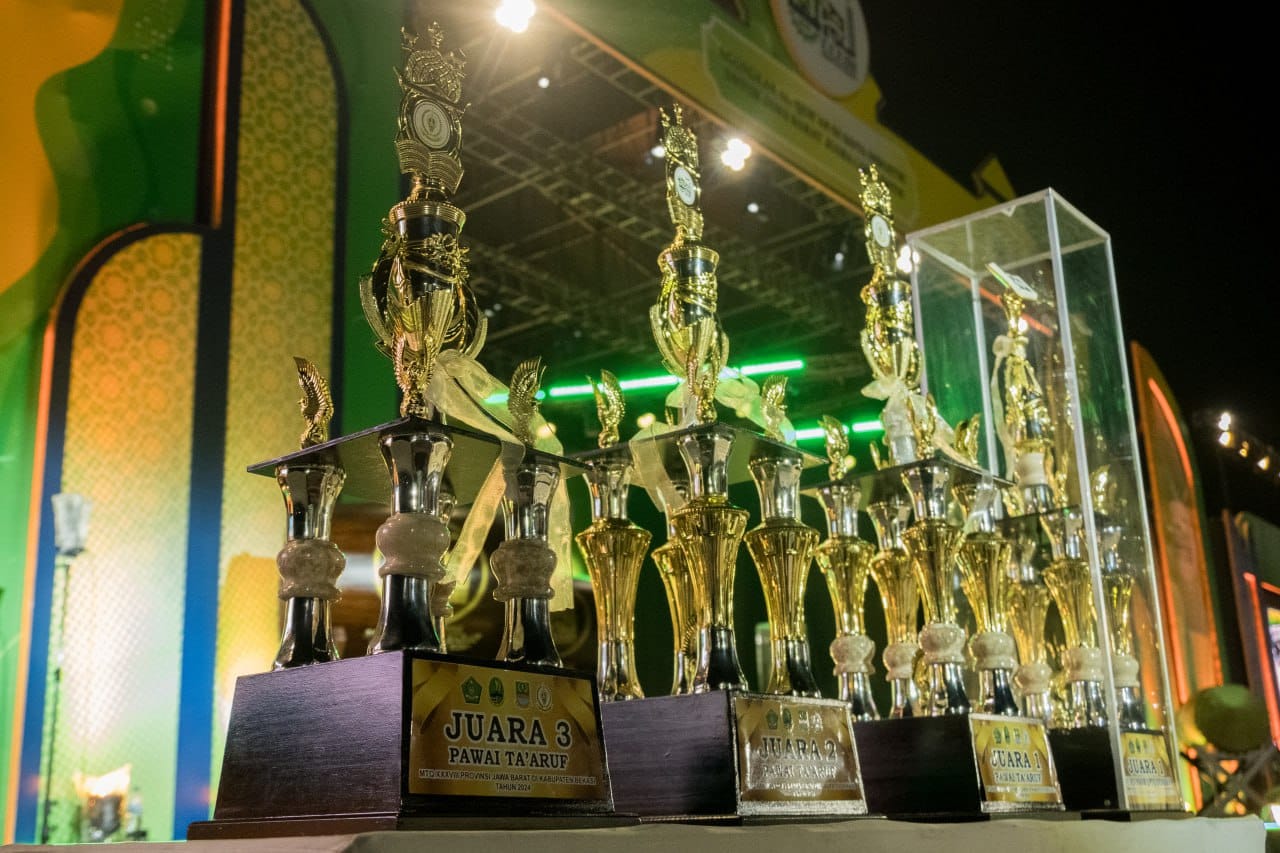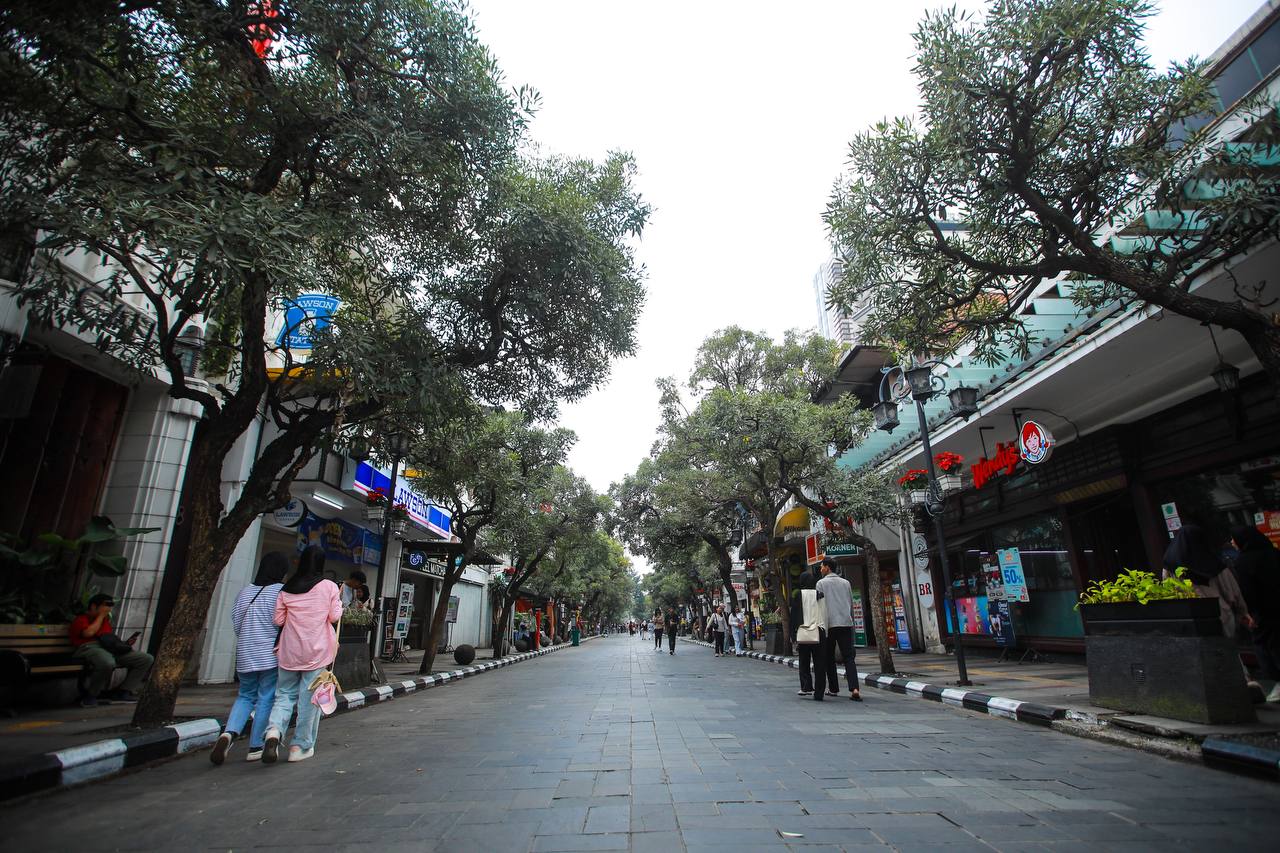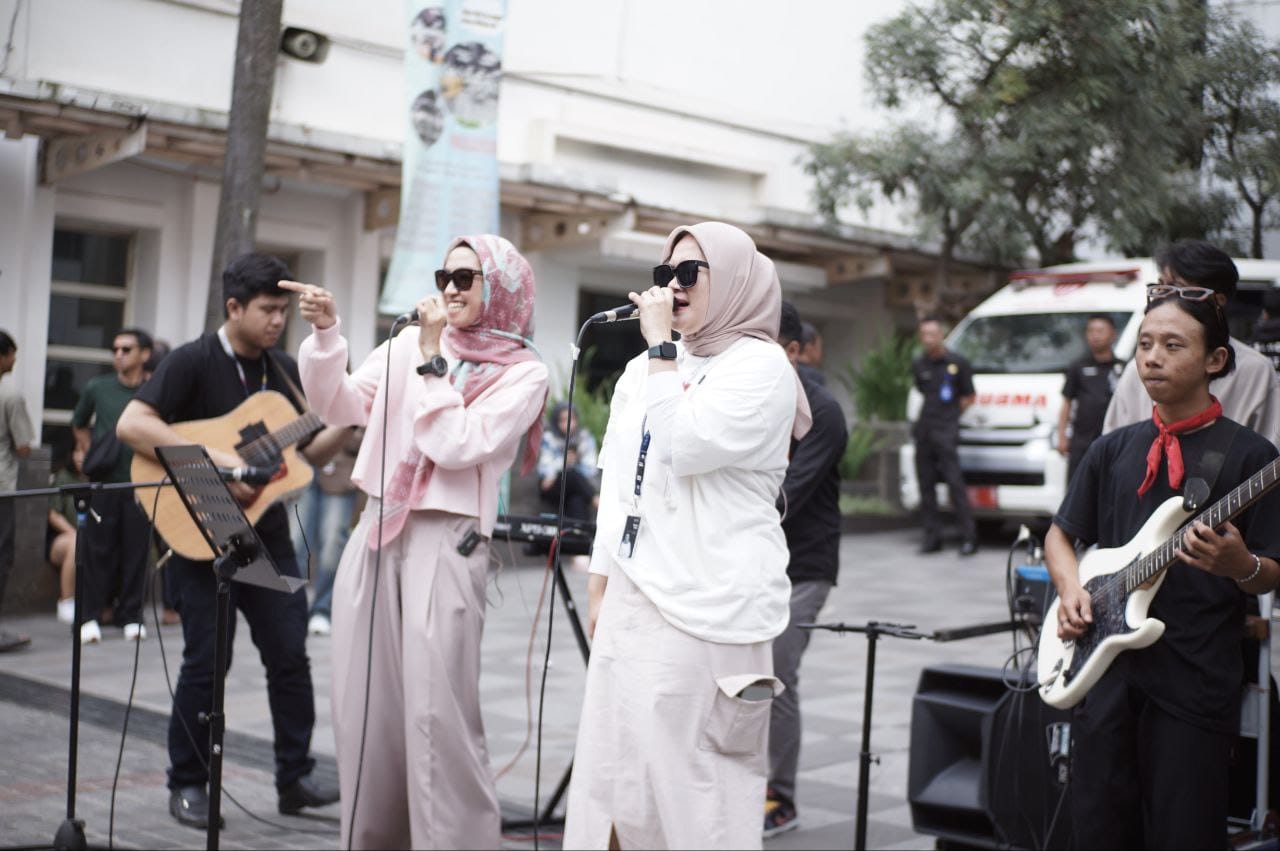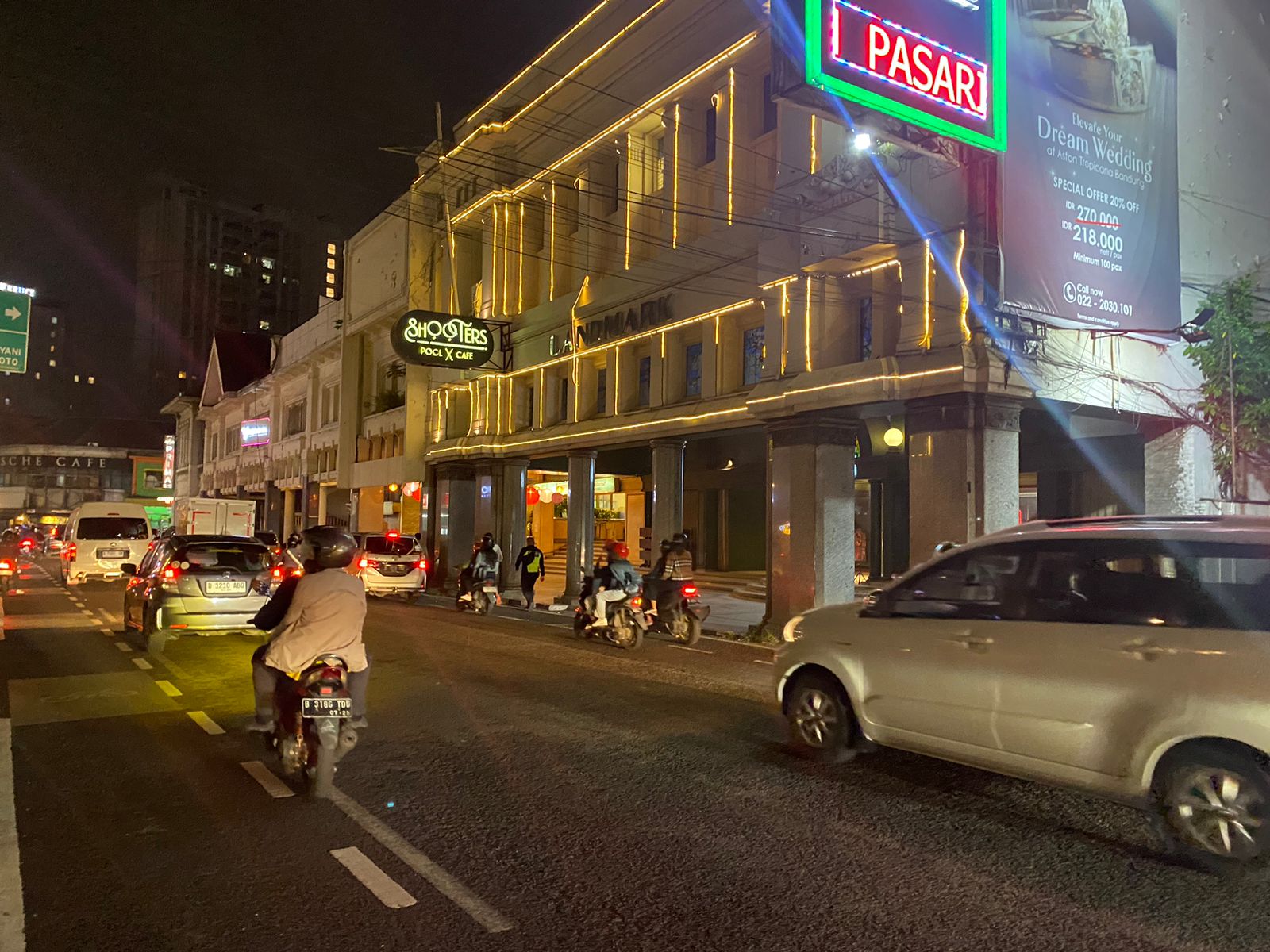Let's Get to Know the History of the Bandung Zoo
The existence of the Bandung Zoo has a long history. Leli Yulifar, a lecturer in History Education at the Graduate School of the UPI Graduate School and the Head of the UPI National Education Museum, told Public Relations of Bandung City, Thursday, August 4, 2022, telling the story of the establishment of the Bandung Zoo.
The story begins in 1900, Regent R.A.A. Martanegara established a Zoo in Cimindi. Meanwhile, a number of animal lovers set up a zoo in Bukit Dago.
History records, April 1, 1906 Bandung became a gemeente (municipality) led by a mayor (Burgermaster).
Then, in 1920 Bandoeng Vooruit (Bandung Maju) was established, a private association that became a partner of the government in organizing a special gemeente in the tourism sector, which consisted of Dutch people.
Bandoeng Vooruit is a gementee partner in building, managing cities and improving cities, especially in the tourism sector.
On October 1, 1926, Bandung as a gemeente became an independent municipality (Stadgemeente). So that there is no more dualism (between the indigenous and colonial governments).
The city of Bandung as a small city which was originally just a small village was established for the benefit of European residents, by adopting urban infrastructure in Europe.
Therefore, the Bandung Municipal Government (gemeente) establishes housing on a real estate scale, government buildings, motels/hotels, educational institutions, entertainment venues, and city parks.
One of the parks established by the gemeente is Jubileum Park, which stretches from the northernmost tip of the West Lebak Gede area to East Cikapundung.
Jubileum Park, or birthday garden is a botanical garden of perennials and ornamental plants, founded in 1923 to commemorate the 50th anniversary of Queen Wilhelmina's reign.
Then in 1933, at the initiative of Bandoeng Vooruit, the two zoos established in Cimindi and Bukit Dago were merged by moving to the southern part of the Botanic Gardens (Jubileumpark).
"This means that the zoo stands on a part of gemeente land (Bandung City Government), which is located in Huygensweg (now Jl. Tamansari)," said Leli.
This establishment was approved by the Governor General of the Dutch East Indies on April 12, 1933 under the name Bandoengsche Zoologisch Park led by Hogland, the head of the Bank DENNIS bank which is now BJB, which is economically very strong to support funds in managing the animal park.
The establishment of Bandoengsche Zoologisch Park is written on Kandang Gajah, which was built in the same year by contractor Thio Tjoan Tek with an office in Ost Eindeweg (Jl. Sunda).
The establishment of zoos and parks in Bandung is the same as the purpose of the Jubileum park, which is part of the complete infrastructure of the city, in addition to other parks, such as Insulinde Park (Traffic Park), Molukken Park (Maluku Park), Ijzerman Park (Ganesa Park), and Pieter Park (Independence Park).
When the year 1942, the Japanese landed and occupied, many Dutch people (including Hoogland) were detained by the Japanese, and were in shelters (internment camps).
The zoo is managed by a group of indigenous people, one of whom is R. Ema Bratakoesoema, in conditions of limited funds of course.
When it's chaos, let's not think about animals, humans are in a state of emergency for food, clothing and shelter
When independence was achieved by this nation on August 17, 1945, the internment group (including Hogland) returned to their country (Netherlands).
Time span 1945-1950. Animals in the zoo's inhabitants are increasingly neglected and worrying. Because Indonesia at that time was in a state of defending its independence and facing Military Aggression I and II from the Dutch side.
At the same time, there was political and economic instability caused by the rise and fall of the cabinet. So, the condition of the Bandung Zoo is getting worse.
In 1956, Hogland returned to Bandung, and saw that the Animal Park was already looking like a forest, with wild plants, and few animals that could be saved. At that time, there was an agreement with R. Ema Bratakoesoema, namely:
1. Dissolution of the Animal Park (Bandoengsche Zoologisch Park);
2. Liquidate the remaining assets of the Animal Park;
3. Established a legal entity called the Tamansari Wildlife Foundation (Bandoeng Zoolical Garden), with Hogland as Chairman of the Foundation and in it there were several Dutch people who were previously involved in Bandoengsche Zoologisch Park.
At the end of 1957, Hogland and his other colleagues returned to the Netherlands, so that the Foundation was led by R. Ema Bratakoesoema until his death in 1984. Furthermore, YTM was continued to be managed by its heirs.
Medio 1990. The zoo was almost moved to Jatinangor, because at that time the Bandung City Government would hand over the area to ITB, which would be used as an expansion of the ITB campus.
But due to funding problems, the plan was delayed. In fact, currently the ITB Campus, which is partly located in Jatinangor. (rob)**
Head of the Bandung City Communication and Information Technology
Yayan A. Brilyana





